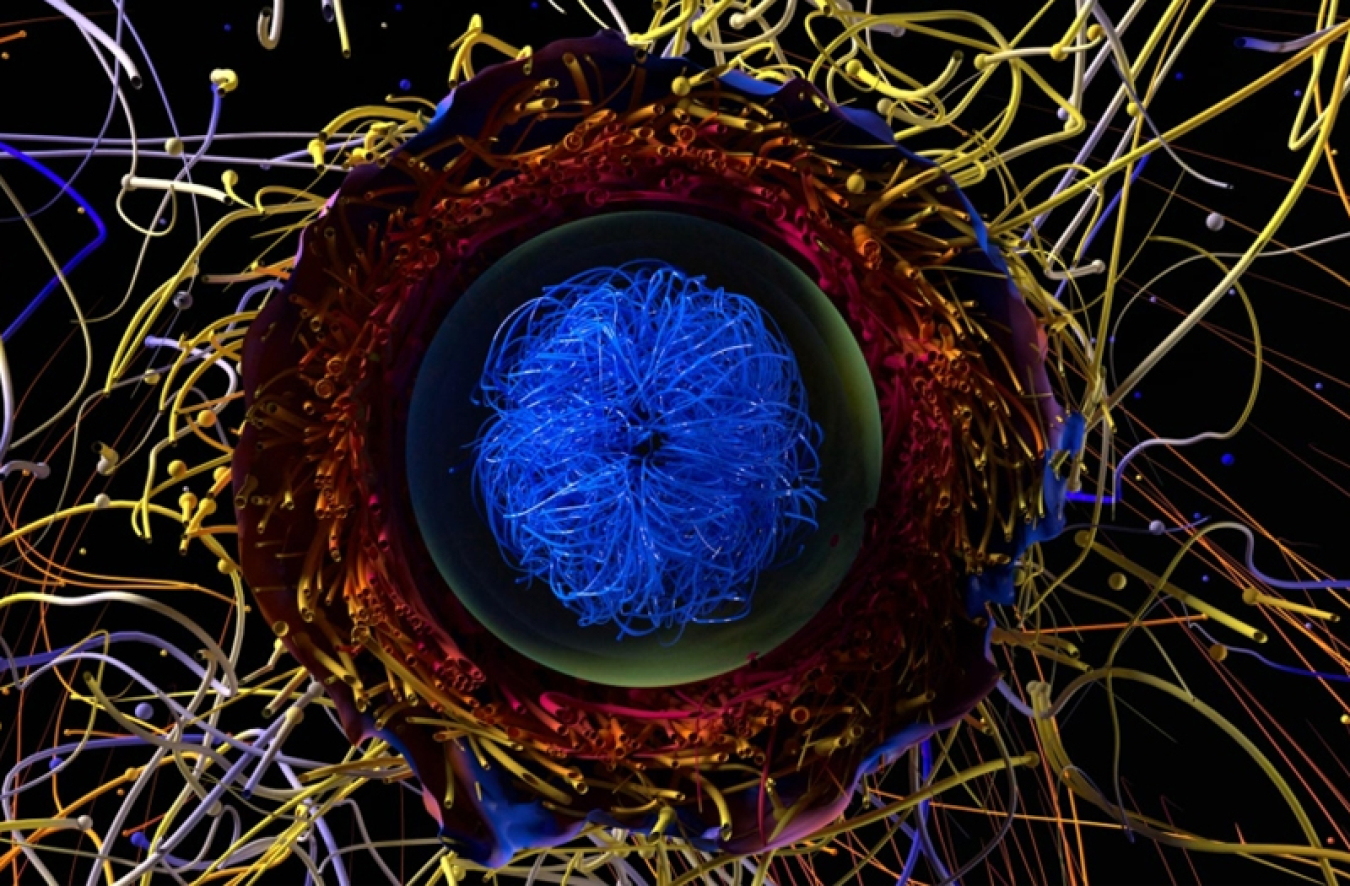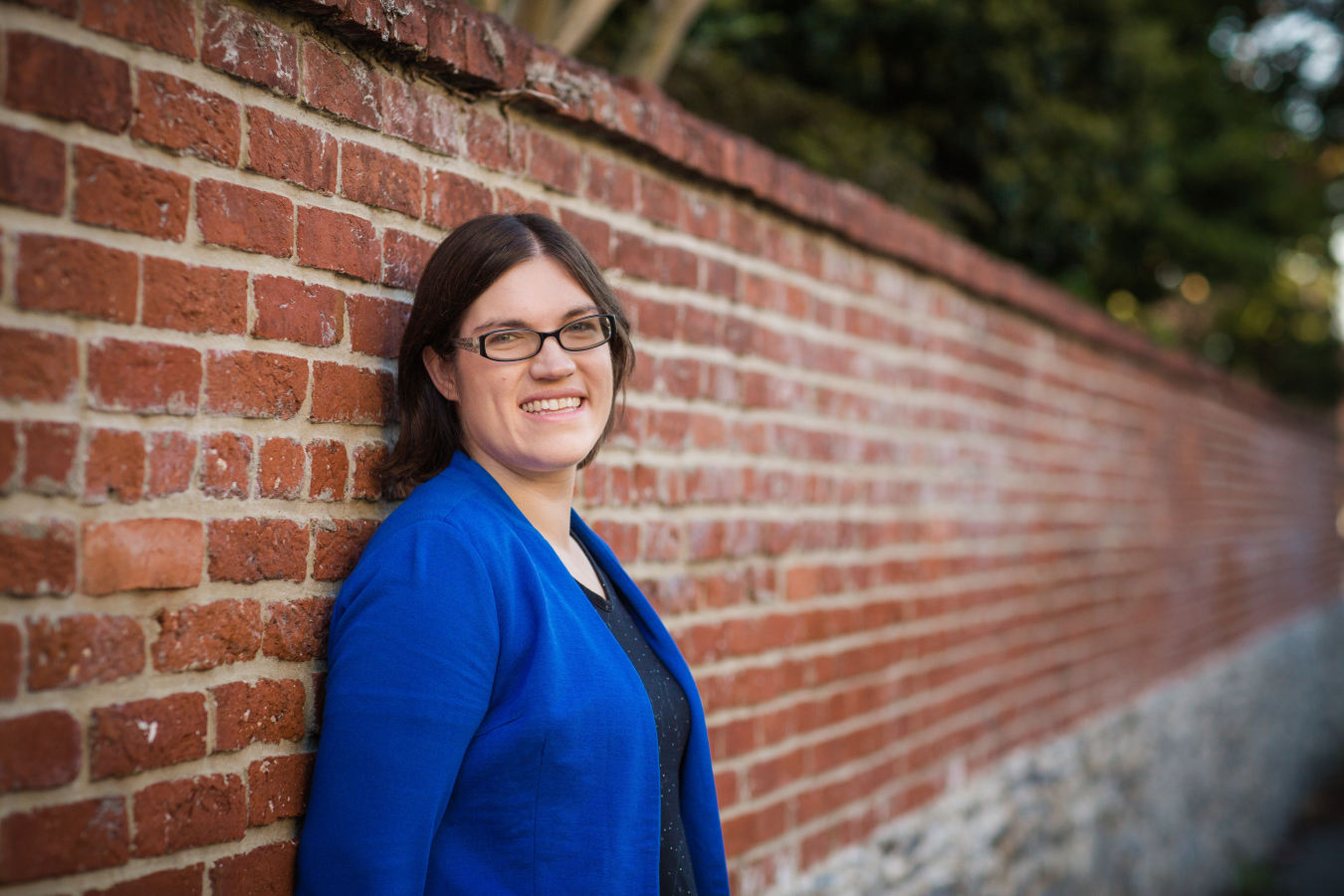With help from supercomputers at the DOE Office of Science user facilities, physicists are learning about how and why stars explode.
June 5, 2023
Supernovae – massive exploding stars – are some of the most spectacular phenomena in the universe. They’re also spectacularly complex. To understand what causes them, researchers at Princeton University are simulating these explosions on supercomputers at the Department of Energy’s Argonne Leadership Computing Facility user facility. This research also gives us insight into how these explosions created many of the elements in our universe.
The researchers want to understand the processes that are happening in the stars. This knowledge will allow them to predict which stars will explode. It will also help them know which ones will produce neutron stars and black holes. These processes involve a number of complicated topics, including neutrino physics and nuclear physics.
Scientists have been studying this topic for 60 years, but computers couldn’t provide accurate simulations. Previous models could only simulate explosions in one dimension. These models’ explosions didn’t reflect how they happened in real life. Clearly, something was missing. The scientists discovered that the one-dimensional simulations didn’t include the interior structures of the stars. They were also missing the instabilities in those structures. The structures and instabilities change depending on how stars evolve, their rotation, and the heavy elements in them.
The scientists realized that they needed to model the supernovae in three dimensions in space. They also needed to include how the explosion changed over time and changed in momentum. Even for modeling the mere half-second before the explosion, the simulation was still massively complicated. Moving from one-dimension to three-dimensions increased the complexity by a factor of 10,000!
To access that type of computing power, the researchers turned to the DOE Office of Science. They received time on the ALCF’s supercomputers to run their models.
With the current 3D simulation, the model supernovae are now behaving the way that supernovae behave in nature. The model is closer than ever to describing and predicting what happens in these explosions. Scientists are also working to expand the length of their simulations. They’re aiming to cover the four to five seconds before the event.
As scientists improve their simulations with the help of DOE’s supercomputers, they’ll have a better grasp on what happens in the final moments of these stars.
Shannon Brescher Shea

Shannon Brescher Shea ([email protected]) is the social media manager and senior writer/editor in the Office of Science’s Office of Communications and Public Affairs. She writes and curates content for the Office of Science’s Twitter and LinkedIn accounts as well as contributes to the Department of Energy’s overall social media accounts. In addition, she writes and edits feature stories covering the Office of Science’s discovery research and manages the Science Public Outreach Community (SPOC). Previously, she was a communications specialist in the Vehicle Technologies Office in the Office of Energy Efficiency and Renewable Energy. She began at the Energy Department in 2008 as a Presidential Management Fellow. In her free time, she enjoys bicycling, gardening, writing, volunteering, and parenting two awesome kids.

